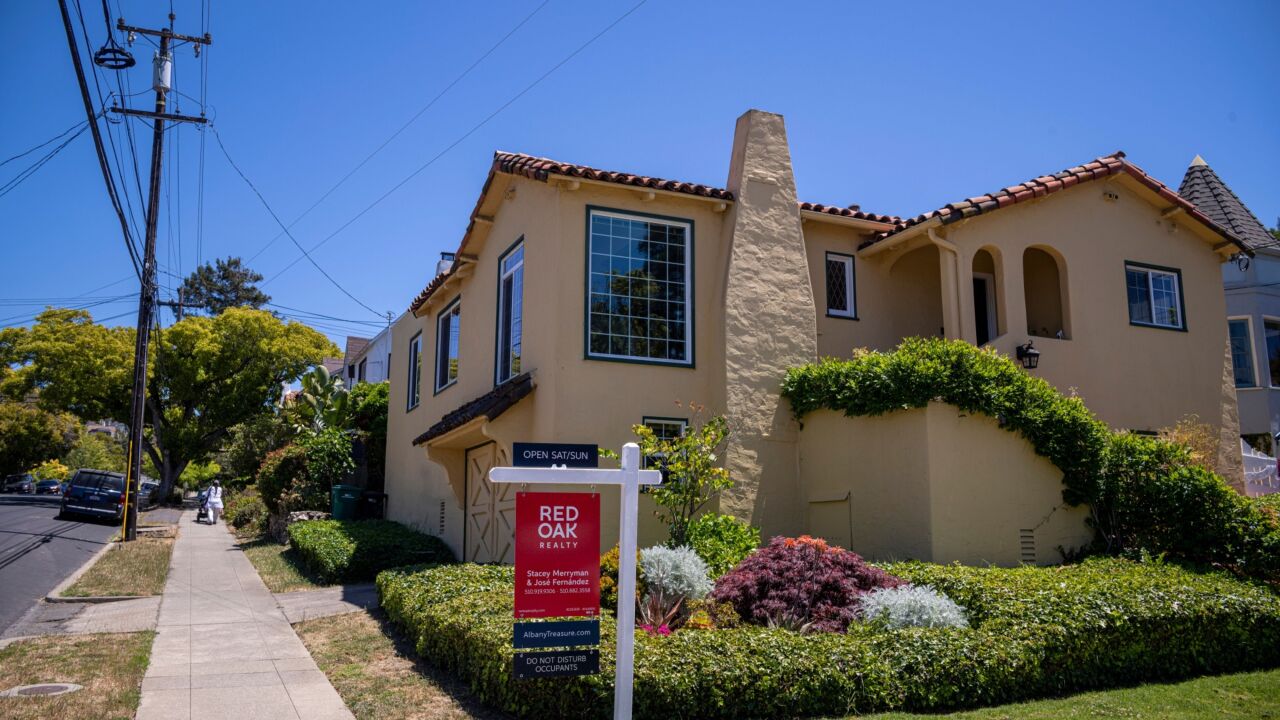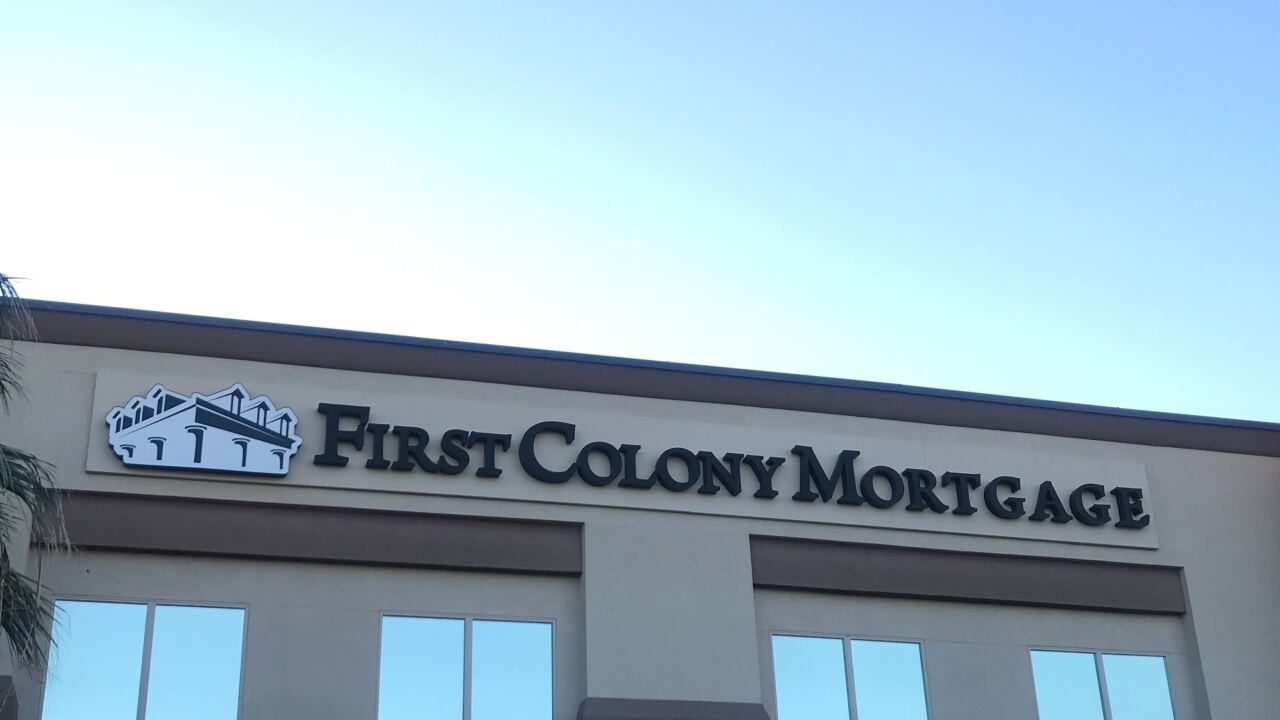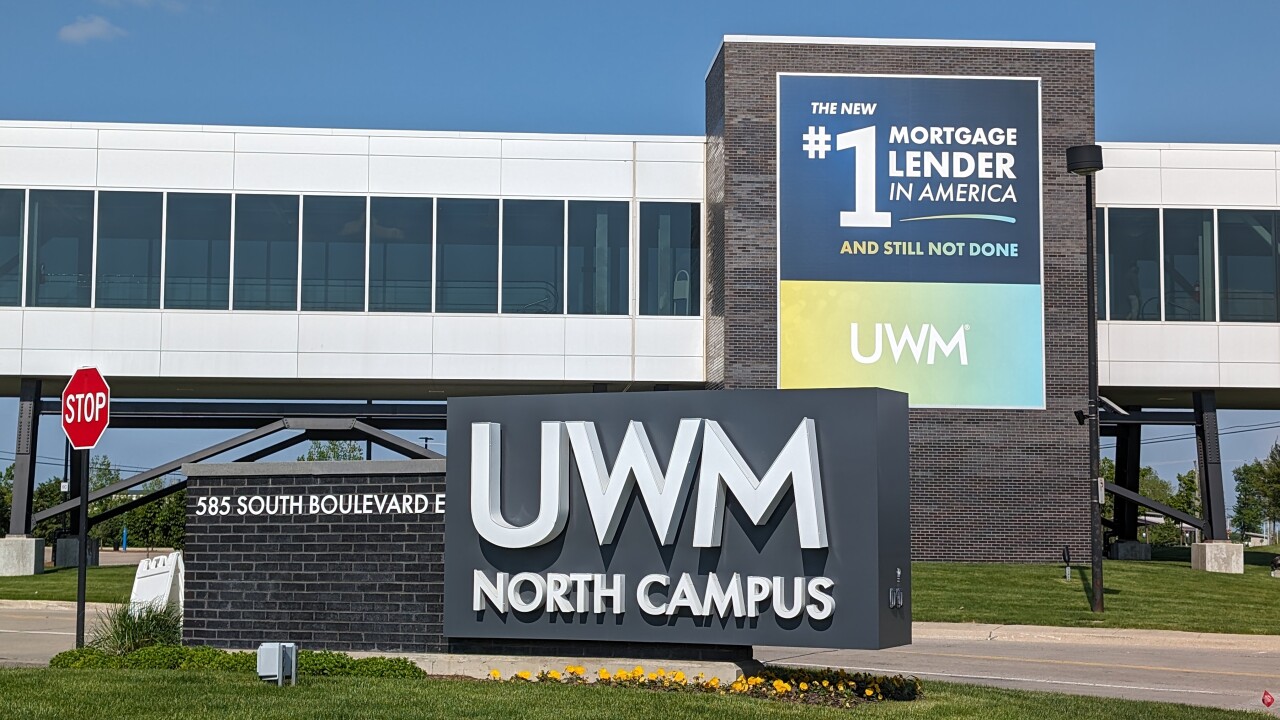
The Federal Housing Finance Agency's choice to raise conforming loan limits in 2016 for the first time in a decade is being met with enthusiasm from the mortgage industry, as it should prove to be a positive for future origination volume.
The agency said Wednesday that it would
"The rise was not unexpected," Mortgage Bankers Association CEO David Stevens said in an interview. "And it reflects the reality that we are in an improving housing market driven by an improving economy."
Beyond that, the move could add to mortgage origination volume at a time when economists predict that refinance activity will dip as a result of higher interest rates.
In a report released in early November, Black Knight Financial Services calculated that raising the conforming loan limit by $10,000 could result in 40,000 additional originations for $20 billion in loan balances.
Additionally, the report found that 17 times as many originations occur at the conforming limit as compared with preceding slices based on dollar amount. Immediately above the limit, originations drop by 70%, Black Knight reported.
"It's marginal at a macro level in a $1.4 trillion run-rate market," Stevens said. "But it is impactful on the margin to those individuals who are now in the range."
For prospective borrowers who were constrained by the lower loan limits, loans funded by private capital were a choice, but also an expensive proposition.
"There's jumbo or nonconforming loans available through bank portfolios and other providers of jumbo mortgages, but those loans typically require a 15% or 20% down payment to even qualify for the mortgage," Stevens added. "A loan with the [government-sponsored enterprises] is one you can get with a 5% down payment. With a down payment being a big variable to homeownership, this loan limit brings more people in."
And while home prices — and now conforming loan sizes — may be larger, consumers' purchasing power has also grown. As a result, while the outright cost to buying a home is greater, in a relative sense it is actually cheaper than in the past.
"Real" house prices, which First American Financial Services calculates by accounting for income growth and interest rates, are still 41% below the peak of the housing boom set in July 2006. In other words, record-low interest rates and higher wages have made buying a home a far cheaper proposition in a relative sense than back in 2006.
"It matters a lot less to the consumer what the price level of the home is [as compared with] how much it costs per month to be able to buy," First American Chief Economist Mark Fleming said. "When you account for income growth, which has been substantial in recent quarters, and still record-low interest rates, purchasing power is the highest it's been."
Even if interest rates continue to increase as they have since the presidential election, consumers' purchasing power would remain elevated because home price appreciation would slow, Fleming said. Before the election First American predicted home prices to increase 5%, but now the company believes they will only rise 3.5%.
"It's not necessarily that bad of a thing for consumers' ability to buy that rates have gone up," he said.
As for concerns that reaching precrisis home price levels means the industry is headed for another bubble, Fleming insisted that this isn't the case.
"The worry would come if no adjustment was made and prices continued to inflate because that would force a smaller market share for the GSEs," he said.





